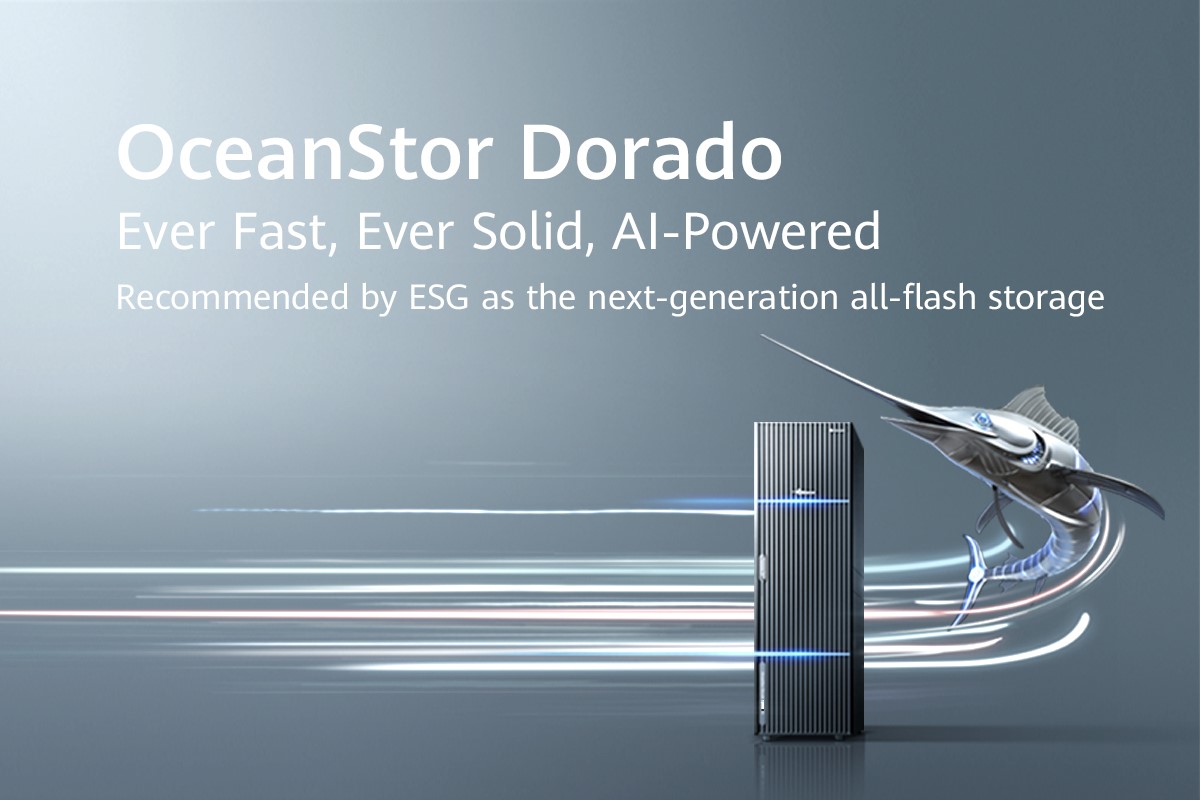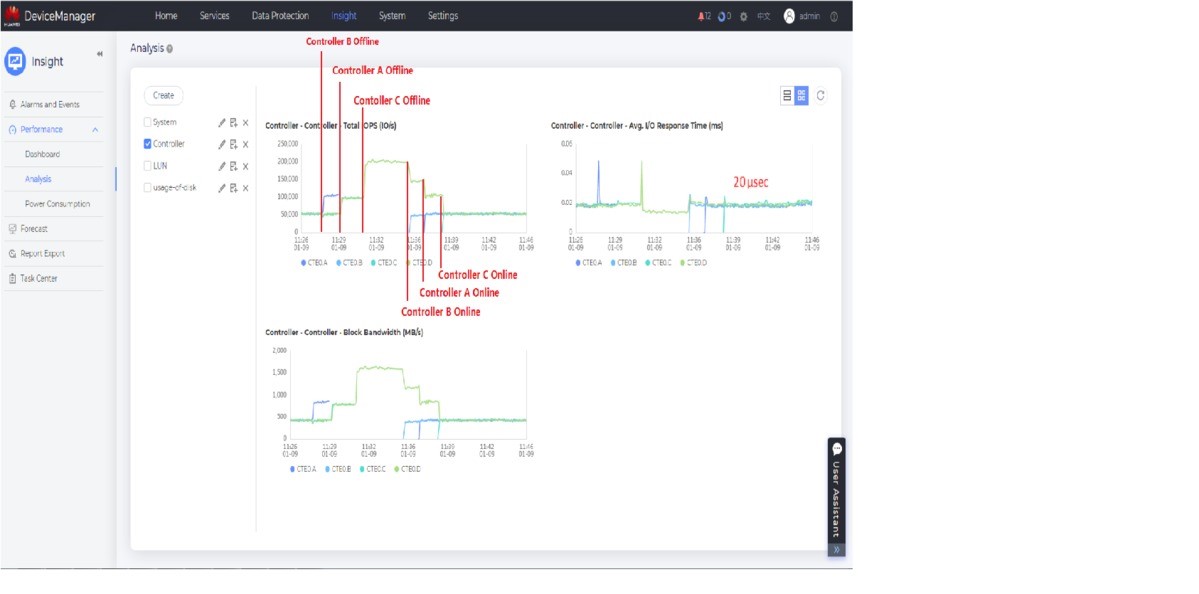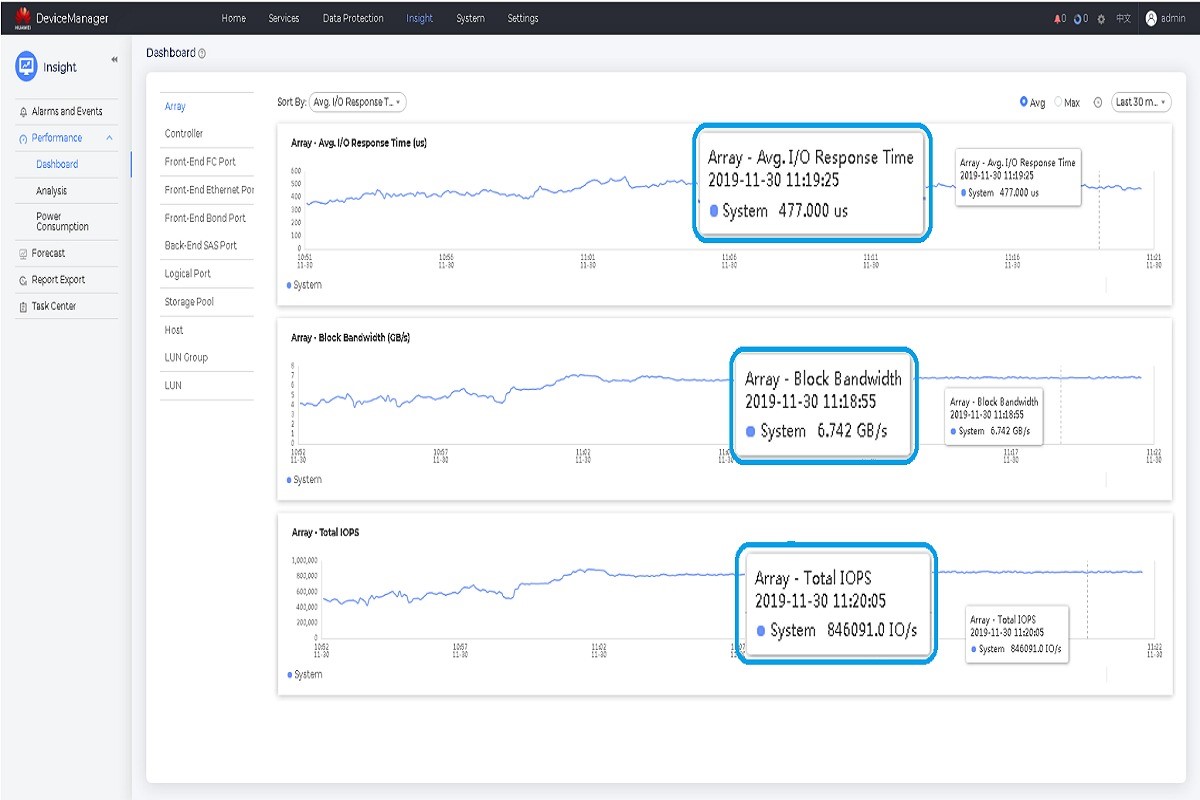This site uses cookies. By continuing to browse the site you are agreeing to our use of cookies. Read our privacy policy>
![]()
This site uses cookies. By continuing to browse the site you are agreeing to our use of cookies. Read our privacy policy>
![]()
Enterprise products, solutions & services

The arrival of the digital economy has done more than just change how organisations work. It has also given their customers and employees expectations of immediate outcomes from the applications and services they use. Anything less can lead to a poor experience, which translates to unhappy customers or disgruntled workers and can quickly result in a negative outcome for the organisation.
Modern applications are highly reliant on the rapid flow of data, and while there are many factors that govern their responsiveness, one of the most critical is the underpinning infrastructure from which they are delivered.
That means the choices an organisation makes regarding where and how data is stored can have a huge bearing on the experience it ultimately delivers.
The drive towards all-flash storage
The inexorable push for faster response has in turn fuelled interest in purchasing the fastest possible storage infrastructure. All-flash storage eliminates the use of rotating disk-based storage by using solid state disks (SSDs) to deliver the fastest response with the lowest latency. And because all-flash arrays involve no motors and moving parts, they consume much less power and are not subject to the rates of mechanical failure that affect rotating disk-based systems.
While all-flash arrays were initially used for specialised high-throughput tasks such as financial trades, the complexity of a broader suite of applications such as customer experience platforms and AI-based analytics has meant that over time more and more use cases have emerged.
This is reflected in the findings of a 2019 report by the research group MarketsandMarkets, which found the value of the all-flash array market would grow from US$5.9 billion in 2018 and to US$ 17.8 billion by 2023.
Not all flash storage is equal
Various all-flash storage systems have been introduced to market, but with the technology evolving rapidly, the design trade-offs that have been made by some vendors mean these products are far from equal.
One of the most crucial factors governing the performance of all-flash arrays is the communications protocol that moves data on and off the drive. The best all-flash technology uses the NVMe (Non-Volatile Memory Express) protocol which is specifically designed for high-speed flash media and supports direct communication between the CPU and the SSDs to shorten the delivery path and lower end-to-end latency.
Another important factor is the number of controllers that can be supported, with this being a key determinant of both the performance of the array and its overall fault tolerance.
And while all-flash technology provides a massive increase in performance over previous technologies, it does so at a price premium. Hence purchasers need to consider the long-term value of investments and specifically examine the five-year total cost of ownership (TCO).
The perfect balance of high performance and reliability
Huawei is meeting customer needs for high performance through its new-generation OceanStor Dorado all-flash storage system, which incorporates five intelligent chips that power its performance. This differentiator enables it to deliver the benefits of advanced all-flash technology while providing outstanding performance and a compelling 5-year TCO.

Huawei’s OceanStor Dorado leverages the NVMe protocol end-to-end, to support direct communication between the CPU and the SSDs. This means it can deliver the fastest latency of 0.081ms (as tested by Enterprise Strategy Group, ESG). It also supports FC’s NOF that is compatible with the legacy network, ensuring customers’ investment. Furthermore, OceanStor Dorado supports RDMA-based fully-IP networking, enabling one network per data centre instead the three that are traditionally required, which greatly simplifies management. Huawei is the first company to apply the NVMe protocol across its entire series.
OceanStor Dorado supports up to 32 controllers, which offers powerful scalability and industry-leading performance of 20 million IOPS. With the SmartMatrix architecture, reliability is guaranteed as the front and back-end is able to withstand 7 controller failures without causing a service disruption. In the event of controller failure, the system is able to achieve 100% load balancing without affecting the host. This is a capability that is unique to Huawei’s offerings and sets a new benchmark for storage reliability.

A three-layer AI architecture helps organisations automate data management, with intelligent management and predictions used to provide reasonable management recommendations. The built-in AI chips are used for humanised and convenient management to enable automated O&M for the DME data management engine inside a data centre during its full lifecycle, and for deep learning, incremental training and intelligent analysis of massive volumes of data on the cloud.
Three-layer synergy among device, data centre and cloud enables intelligent optimisation for the equipment, and also supports management experience learning between equipment within the same network, enabling equipment to become better with use.
TCO is also reduced through the incorporation of a range of additional technologies, including smart deduplication and compression that provides a significant data reduction. This reduces the overall storage footprint and associated power and cooling expenses. According to the technical review by ESG, OceanStor Dorado can lower the 5-year TCO by 78% compared to an alternative hybrid storage system.
Huawei is further protecting customer investments with its FLASH EVER business model. This enables OceanStor Dorado owners to exchange controllers for latest generation technology, giving customers an ever-new environment, and is supported by Huawei’s Intelligent O&M (operations and maintenance) Service.
The FLASH EVER upgrade service supports no data migration for 3-generation in 10 years, and smooth replacement of next-generation controllers, ensuring zero service interruption, and online controller replacement uses GUI and is completely automatic. Furthermore, FLASH EVER also incorporates Huawei’s Effective Capacity Guarantee Service, which provides guaranteed effective capacity to reduce purchase costs and usage thresholds. Altogether these services ensure appropriate capacity utilisation and service continuity for customers.

This combination of technology and service offering has led the research firm ESG to report that OceanStor Dorado delivers consistently high performance at extremely low response time and is clearly well suited to support demanding real-world business applications running in a performance-critical highly virtualised environment.
The drive towards faster performance shows no signs of slowing, which makes the migration to all-flash storage inevitable for many organisations. Huawei’s new-generation OceanStor Dorado all-flash storage system provides the perfect balance of high performance, reliability and affordability over the long term.